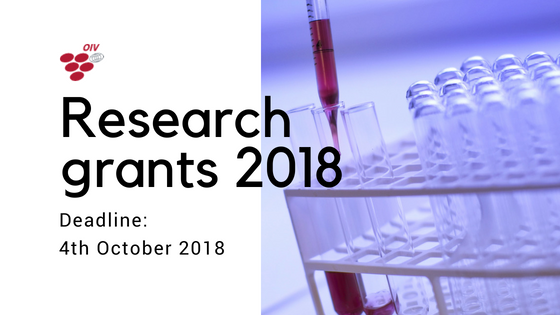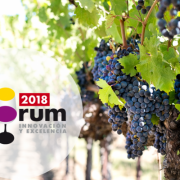
One of the leading scientific congresses for the vitivinicultural sector in Europe, Enoforum is above all a meeting place and a forum for debate for all wine and vine industry stakeholders.
Over the two days, more than 40 reports were presented on topics of great relevance and general interest.
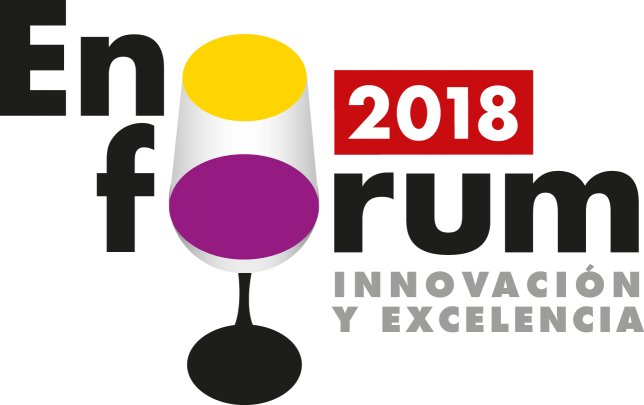
Through a series of lectures, the 2018 event was an opportunity to examine the scientific aspects of important topics, such as:
- water management for grape maturation,
- the active and passive micro-oxygenation of wines,
- how temperature affects wine evolution,
- good practices for bulk and bottled wine trading.
In addition, several papers addressed themes as diverse as:
- the release of thiols in fermentation: genetic and nutritional factors,
- bioprotection in viticulture and oenology,
- the microbiological fertility of the soil: from scientific knowledge to vineyard application,
- the use of new treatments with regard to tartaric stabilisation,
- how to manage the negative and positive sides of sulphur compounds in wines,
- new techniques for the vinification of red wines,
- the reactivation of the basic functionalities of oak barrels through regeneration,
- the analytical approach of wineries and laboratories,
- a study on the impact of fermentation conditions on the production of esters by yeasts.
During this event, OIV Scientific Coordinator Dr Jean-Claude Ruf gave a talk on the OIV and its strategic role vis-à-vis new oenological practices. He emphasised the role of the OIV in the vitivinicultural sector as well as the main topics currently under evaluation.
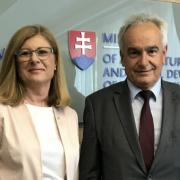
This visit was a continuation of the presentation of Slovakian wines which took place in Bordeaux this past 30th November.
During an interview at the Ministry of Agriculture, Gabriela Matečná emphasized the dynamic nature of their vitivinicultural industry which is in the midst of a major renewal, accompanied and supported by the government.
This process of modernisation relies on the great variety of terroirs, the promotion of indigenous vine varieties and research on the value added through the production of high-quality wines.
More than 80% of Slovakian wines bear an AOC or a PGI. “Slovakia is a little country with big wines”, the Minister is proud to say.
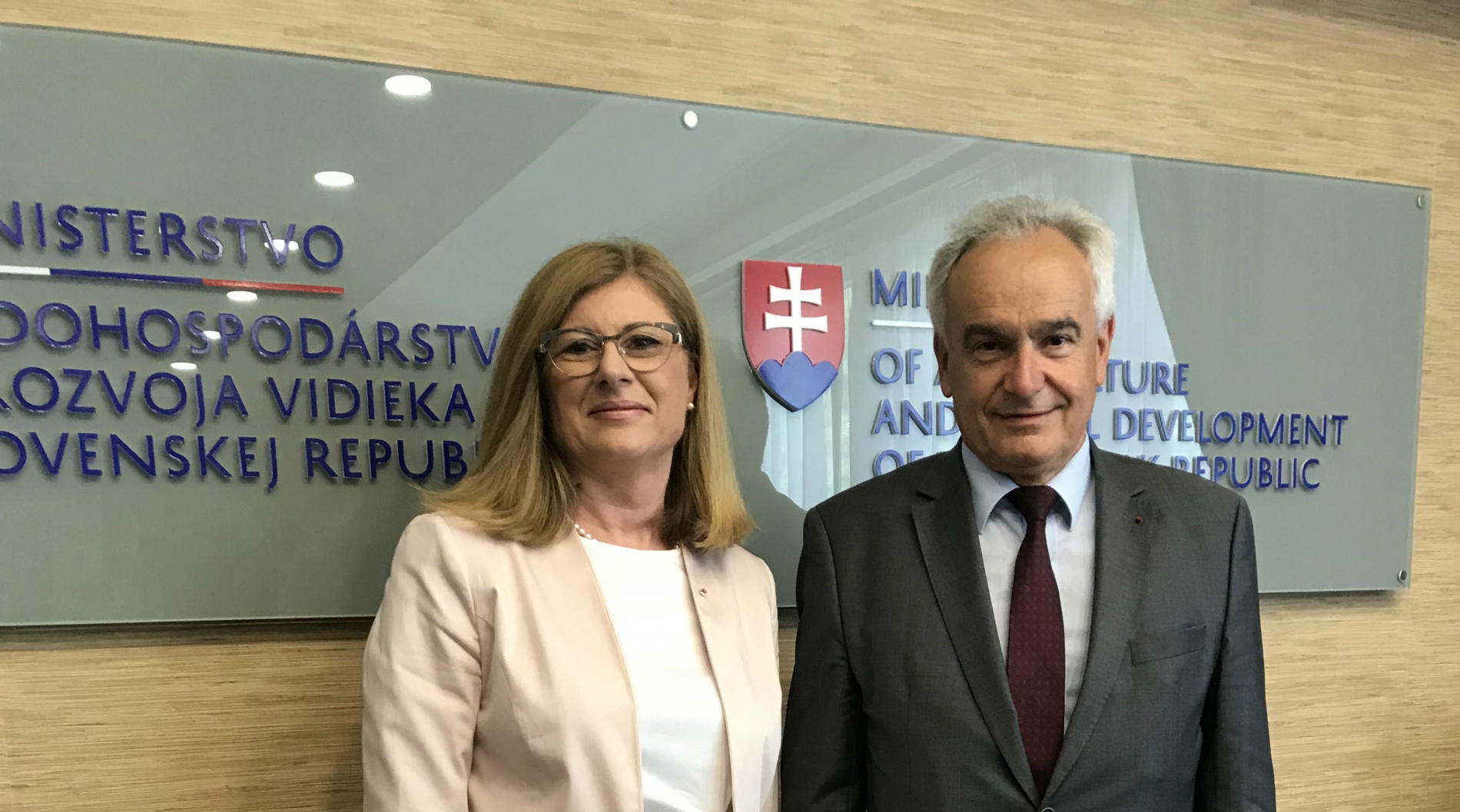
Within the framework of research and training development policies, the Minister mentioned the possibility of presenting a Slovakian candidate for the grants distributed by the OIV.
Jean-Marie Aurand welcomes the many relationships between the OIV and Slovakia, mentioning among others the role of Ambassador František Lipka as President of the OIV Awards Jury.
The diversity of Slovak vitiviniculture
During the “Viticulture Workshop” organised as part of the National Slovakian Wine Exhibition, the Director General of the OIV made a presentation to the Slovakian Association of Winemakers regarding the Organisation and the state of conditions of the wine industry, highlighting the major changes and primary challenges which future holds.
After a presentation on the control and certification system by Ivana Benkovičová (Slovakia’s delegate to the OIV) and an overview of the situation of vitiviniculture in Slovakia by the President of the Winemakers Association, Ondrej Celleng and their general director Jaroslava Kaňuchová-Pátková, the award ceremony of the National Slovakian Wine Exhibition took place.
The end of the trip was reserved for visits to three farms which represent Slovakian vitiviniculture in all its diversity.
The weekend was also marked by the organisation in Prešov of the 23rd Muvina International Wine Competition, placed under the patronage of the OIV.
Slovakia features almost 600 producers growing around 10,000 ha of vines (of a potential 16,000 ha) for a production of about 300,000 hL annually, which is primarily sold within the national market.
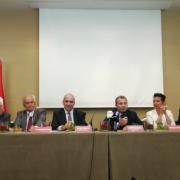
This event, the fifth of its kind, (the previous iterations having taken place in France, the USA and Germany) brought together 32 business from the country’s different viticultural areas.
On this occasion, the Minister for Foreign Affairs, Gebran Bassil, highlighted the dynamism of the Lebanese vitiviniculture industry, with its high-quality wines which are exported around the world.
The Director General for Agriculture Louis Lahoud recalled the long history of Lebanese viticulture and emphasized the efforts made by the Lebanese government to promote their wines and support businesses within the industry.
In an ever more globalized world market where nearly 45% of wines consumed have crossed at least one border, common promotion makes more sense than ever, as Jean-Marie Aurand made clear in his speech.
Lebanon boasts 14,000 ha of vines across the country for an annual production of 80,000 hL, of which more than 20% is exported around the world.
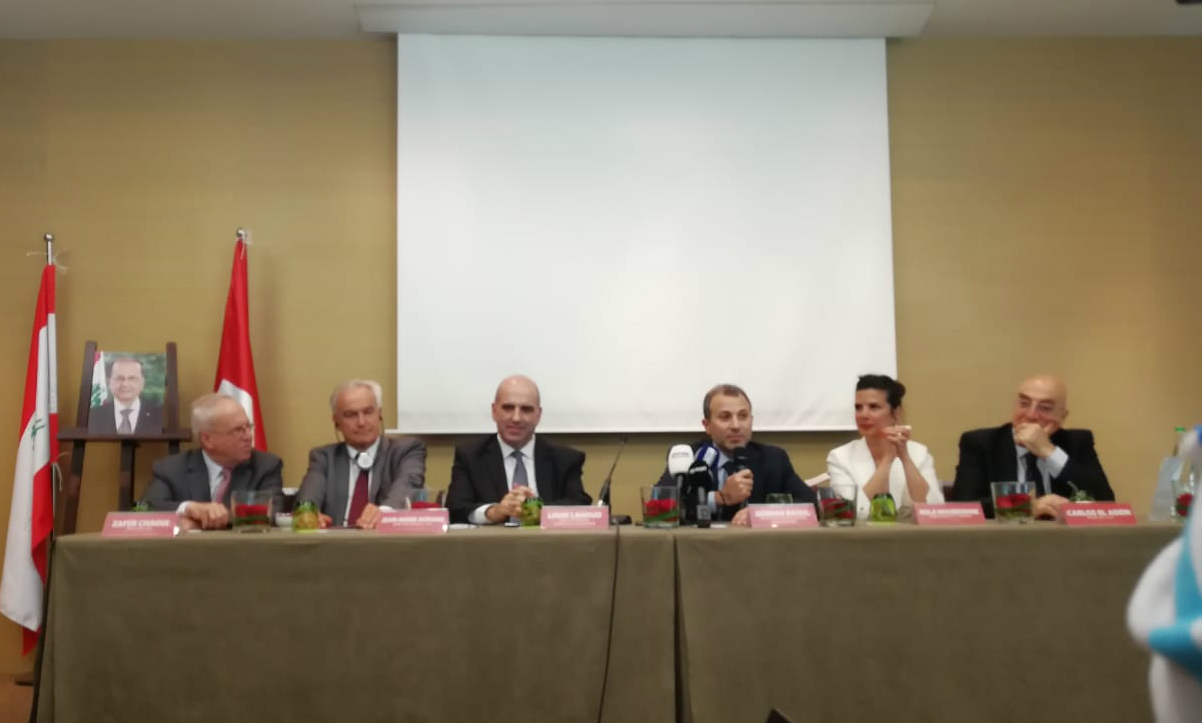
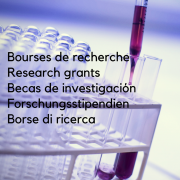
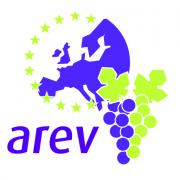
Many professional and representatives speakers hosted a reflection on the major challenges of the vitiviniculture sector in a European context marked by the reform of the Common Agricultural Policy (CAP) and of the Common Market Organisation for wine.
Jean-Marie Aurand, after a presentation of the OIV, returned this reflection to the global level by putting into perspective the broad evolutionary trends of the sector so as to better understand Europe’s place in this increasingly global market, where nearly 45% of wines cross a border before being consumed. He emphasised that Europe is very representative of the great diversity of products on offer (brands, geographical indications, vine varieties...) which characterise the global market and, paradoxically, assure it remains vibrant by responding to the needs of increasingly informed and demanding consumers.
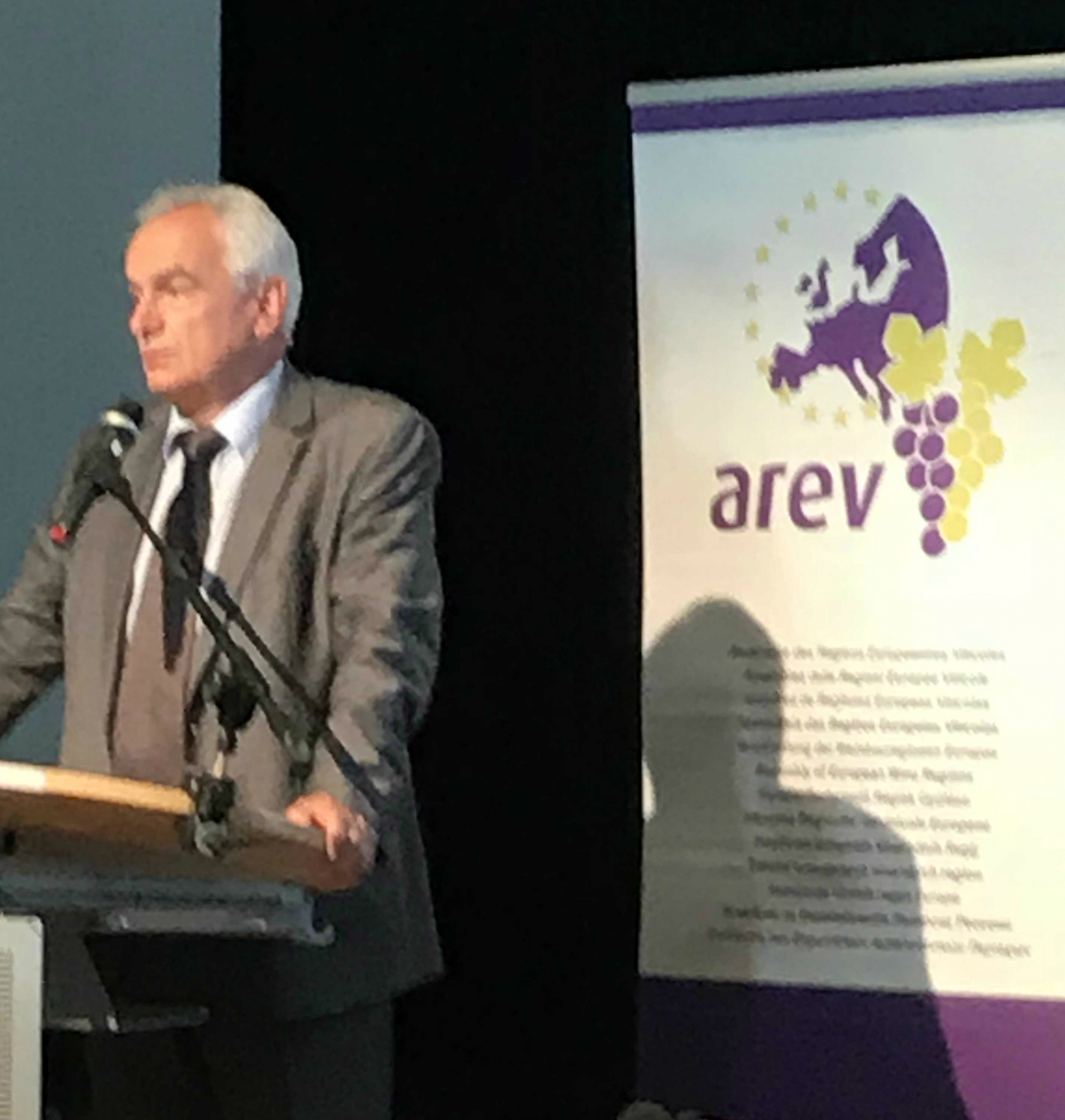
In order to be ready to meet this demand for authenticity, territorial origin, even for history and heritage, the Director General of the OIV emphasised the interest of regional and federal approaches promoted by the AREV in their different territorial, wine-tourism and cultural dimensions in combination with wine civilisation.
Finally, Jean-Marie Aurand recalled the role of the AREV which has for many years held observer status within the OIV and was happy to note the tightening of ties with this Assembly over the past few years.
The AREV is a forum which brings together the political representatives of around 75 regional European institutions and representatives of the professional world of the region. With the power of this double representation, the AREV serves all institutions and bodies directly or indirectly involved with European and global vitivinicultural policies. The AREV re-appointed Emiliano Garcia-Page Sánchez (President of the Castilla-La Mancha region) to his position as President, as well as Aly Leonardy of Luxembourg to his position as President of their Professional Council.
